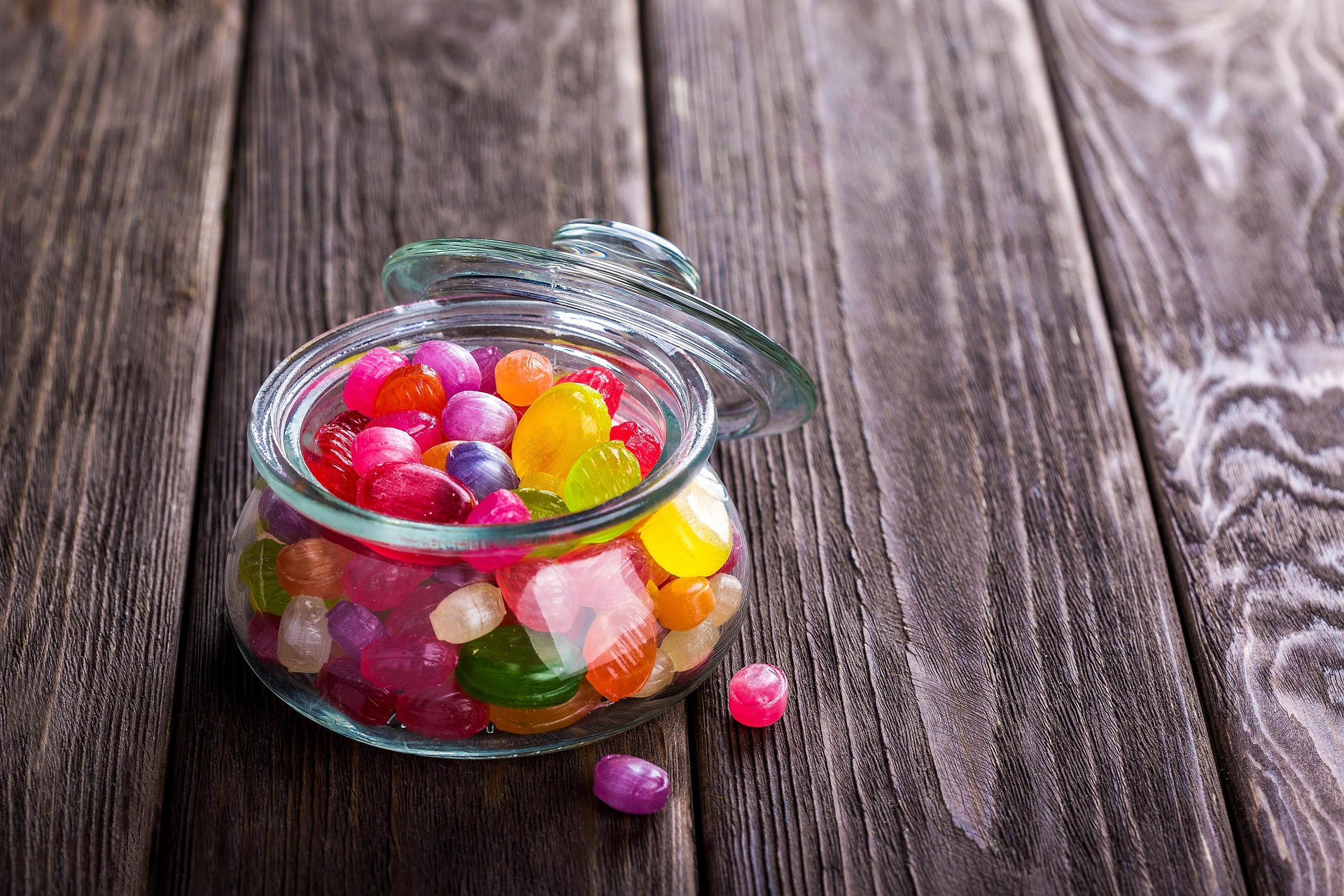The Food and Drug Administration (FDA) in USA recently proposed to phase out the use of synthetic food dyes due to health risks. These synthetic dyes are petroleum-based.
Every day we see bright and funny advertisements for products that look delicious; however, these advertisements do not warn us about the risk of cancer and tumors because of the use of red No. 3 and No. 40, blue No. 2 or green No. 3 dyes.
Nor does it tell us that blue No. 1 and yellow No. 6 can be toxic to some human cells, or that yellow No. 5 can cause irritability, restlessness and sleep disorders in children. Of course, who would want to buy something like that for their children? That truth doesn’t sell.
In Costa Rica
Several studies have shown that some dyes may have genotoxic and carcinogenic properties and may cause attention deficit disorders and hypersensitivity, especially in children and teenagers. But we often buy a soda or a candy at the school shop, or eat a colorful cereal for breakfast, because they are easier to reach and more attractive to us.
We live in a society where it has become easier and more frequent to give a screen to a child to keep him or her “calm”, where it is cheaper to buy a soda than a bottle of water and more attractive to receive a candy than an apple. And this is not to judge: we have busier adults, who work longer hours, and who have less time to breathe, to be informed and to prepare a real meal.
The Costa Rican Ministry of Health issued a statement in January 2025 indicating that they are aware of the FDA’s announcement on the prohibition of red dye No. 3, due to its relationship with thyroid cancer in animals. In Costa Rica and Central America, this colorant is classified as a food additive regulated by the Central American Technical Regulation (RTCA). In other words, its use is still permitted.
The Ministry stated that they are taking actions such as convening the Central American Food Additives Commission and an analysis of products containing the colorant. In the meantime, they did not show an action plan for medicines that also contain red colorant No. 3 and have not published an update to the release.
Possible solutions
In May 2025, the FDA announced the approval of three new additive colorants, which come from natural sources: blue Galdieria extract derived from the unicellular red algae Galdieria sulphuraria, butterfly pea flower extract, which is produced by water extraction of the dried flower petals of the butterfly pea plant, and calcium phosphate which provides white color in products such as chicken, white candy melts and sugar for donuts and coated candies. It is expected that more natural additives will soon be approved and used in food production.
The supply of ready-made products has grown exponentially over the years and so have the number of sick people. There is an advertising bombardment that seeks to sell, without prioritizing people’s health. For this reason, education must play a leading role and counteract this campaign of toxic colors.
Specialists recommend not to consume packaged foods that contain colors. When the food is processed and packaged, the company must add in the list of ingredients if it contains colorants and what they are. The problem is that we do not care, or we do not know how to look for these harmful ingredients on the label and we prefer to ignore them.
Ideally, of course, the industry should replace the use of these additives with natural ones. This would put an end to the problem at its root. However, as consumers and those directly affected, it is also our responsibility to know, understand and assimilate what we are exposed to and what we prefer to consume.

